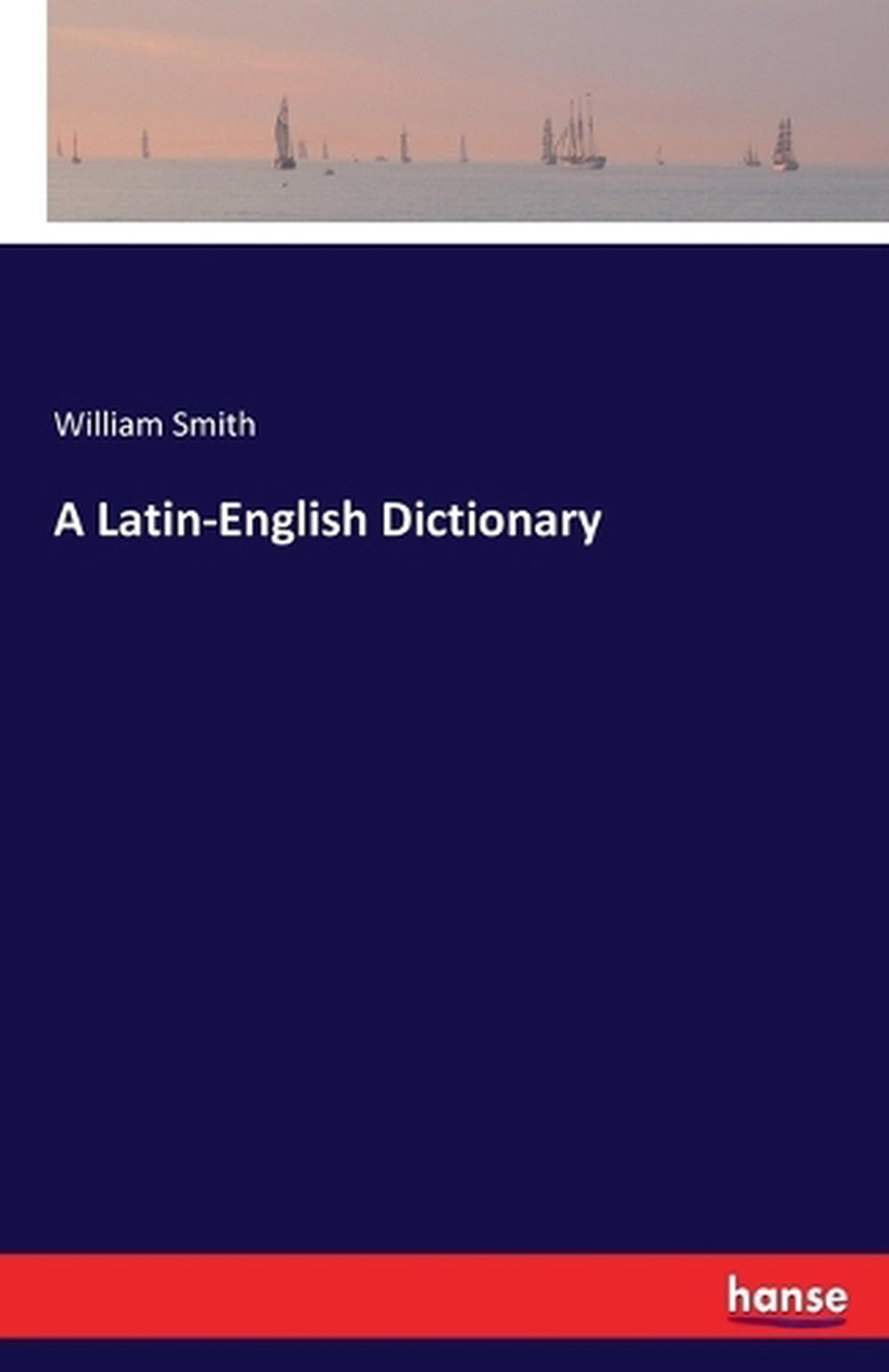


Secondly, even if his historical method can be regarded as a form of induction, than this would still amounts to only a partial contribution to the eighteenth-century Newtonian paradigm of successful scientific method, which consists of an inductive stage and a deductive mathematical stage. Firstly, Locke’s “Historical, plain Method” does not provide rules for a theory of induction. A similar point can be made about his scientific method: insofar as it is original, it only partially answers the needs of natural science as described in eighteenth-century encyclopaedias. Locke’s pessimism is at odds with the distinctly more optimist epistemological views in most eighteenth-century encyclopaedias. Amongst these special traits, his all-pervasive doubt about the possibilities of certain scientific knowledge of bodies deserves special notice. In order to establish his particular influence we must be clear about the particular features of his brand of empiricism. Eighteenth-century science was empiricist, corpuscular and mechanicist, but Locke was not the only philosopher to have defended these views. Since most eighteenth century encyclopaedias pay generous attention to the sciences, and since many of these works of reference show a general presence of Locke’s “way of ideas,” encyclopaedias are promising media for an assessment of Locke’s influence on natural science. The presentation concludes with a detailed chart that maps source texts to paragraphs in the article DEFINITION. Even Locke is transmuted by translation into French by Le Clerc before being returned to English by Gildon. Further, the study shows that DEFINITION consists almost entirely of texts translated from French, Latin, and German this recalls Diderot’s complaint that Chambers wantonly appropriated French writers.

The text of definition in rhetoric is taken wholly from de Colonia. This study shows that the text of definition in logic aligns closely with the text of the Port-Royal Logique as interpreted by Le Clerc and extended by him to incorporate Locke’s ideas on definition.

DEFINITION comprises a long section on definition in logic and a short section on definition in rhetoric. Some of these were expected, but others are surprising. This study identifies sources for each paragraph in DEFINITION with one exception, Chambers’s words are traced to specific lines in the writings of Charles Gildon, Dominique de Colonia, Christian Wolff, Étienne Chauvin, the Dictionnaire de Trévoux, Jean Le Clerc, and, ultimately, the Port-Royal Logique. While this is valuable in its own right, the article DÉFINITION in Diderot’s Encyclopédie is largely Mill’s translation of Chamber’s DEFINITION: thus, Chambers’s sources become Diderot’s sources, and here they discredit Diderot’s attribution of DÉFINITION to Johann Formey. In his Preface, he acknowledged: “What the French Academists, the Jesuits de Trevoux, Daviler, Chomel, Savary, Chauvin, Harris, Wolfius, and many more have done, has been subservient to my Purposes.” However, this is the first detailed study of Chambers’s use of sources to compile a specific article in his Cyclopaedia: we analyze the article DEFINITION in the first edition (1728) of the Cyclopaedia. These include articles like QUADRILATERAL, EQUILATERAL, and SQUARE.Įphraim Chambers scoured European literatures to compile his Cyclopaedia. These articles may be compared with the mathematical definitions that Chambers used as examples in DEFINITION. Selected terms in mathematics, especially geometry. Terms that are necessarily adjunct with the notion of definition these include the articles ENCYCLOPAEDIA, DICTIONARY, and LEXICON. Articles like ADEQUATE and ANTEPREDICAMENTS, and IDEA explain such terms. Technical terms that are used by Chambers to discuss definition, description, genus, difference, substance, and mode, but which he defines elsewhere in his Cyclopaedia. The articles DESCRIPTION, GENUS, DIFFERENCE, SUBSTANCE, and MODE, which are cross-referenced by Chambers’s DEFINITION in its various editions. This material includes: The sections of Chambers’s “Preface” that discuss terms, definitions, and dictionaries. Further, the sources of each article are described and tied directly to Chambers's text, demonstrating his reliance upon lexicographers Étienne Chauvin, Antoine Furetière, and John Harris. Here the reader will find a selection of a few dozen articles from Chambers’s Cyclopædia that are germane to Chambers’s notion of definition and to my study, Chambers on Definition. A Circle of Knowledge for Definition in Chambers’s Cyclopædia.


 0 kommentar(er)
0 kommentar(er)
